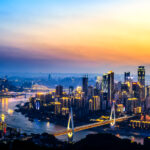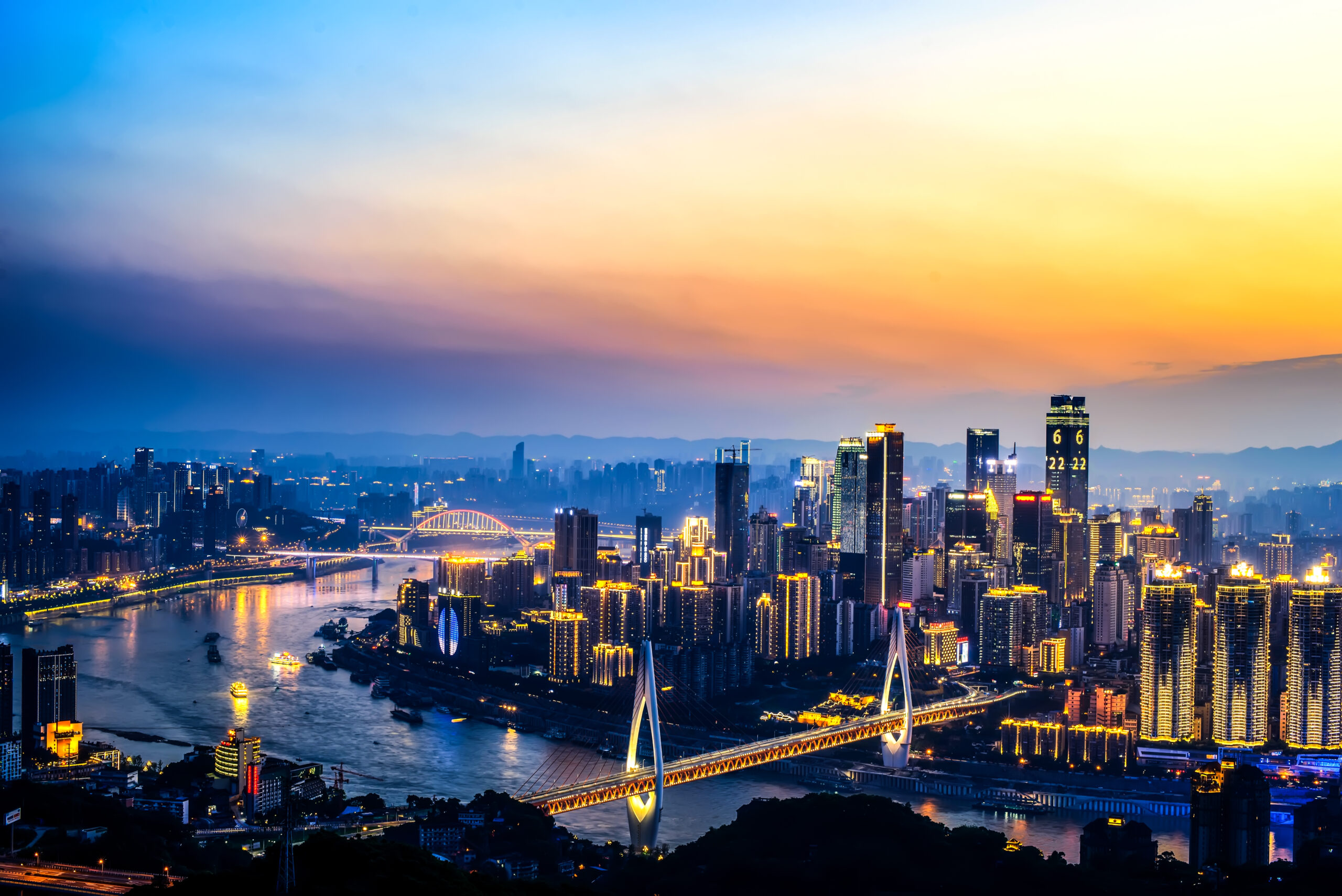
Capturing event photos requires a combination of many skills. You have to notice every detail and be ready for anything, choose if the wide-angle or telephoto lenses are better for certain situations, determine if you want to shoot in black and white, color, or both, and edit the photos for the best impact.
This brief guide will prepare you to stay on top of your game as an event photographer. This article covers everything, from what you need to get started to what strategies you can employ while photographing different events. Additionally, we’ll discuss one of the best tools photographers can use to expedite their process while delivering high-quality outcomes, i.e., event photo editing services.
Follow our expert tips and you’ll be ready in no time at all!
The Importance of Event Photography
Before we start with what all do you need to get started as an event photographer, it’s very important to know the basics i.e., why are event photography projects important? How can they benefit your business?
“Today, event photography is considered an important part of any marketing or promotional strategy. It can give you a lot of opportunities to hone your talent and learn new things and help you in many other ways.”
- Highlight the event photos on your blog/website to showcase your work
Celebratory or corporate events usually draw a large crowd and present multiple types of photo opportunities. You can use those photos on a digital gallery in your website or on social media to reflect the magnitude of your skills. It will act as a portfolio and increase your chances of grabbing more event photography gigs.
- Connect with people
Events give you a chance to gel with a variety of people, build connections, or invite them to see your work. If you do this face-to-face networking with care, you can gain new clients and more projects through events.
- Offers for collaboration
Experienced event organizers and planners are constantly on the lookout for service partners. Therefore, if you keep taking up event photography projects, you will likely get more collaboration offers and opportunities based on your work.
What You Need to Get Started: Equipment for Event Photography
If you’re new to event photography, getting started can seem like a daunting task. But don’t worry – we’re here to help! In this section, we’ll go over some of the basic equipment you’ll need to get started, including cameras, lighting, and sound.
- Cameras:
The type of camera you use is entirely up to you. Many event photographers use DSLRs, but mirrors cameras are becoming increasingly popular as well. If you’re just starting, any type of camera will do – even a point-and-shoot as long as you know how to utilize it!
- Lighting:
Good lighting is essential for event photography. If you’re shooting indoors, make sure to bring along some external flash units. For outdoor events, keep an eye on the sun and try to position yourself so that your subjects are evenly lit.
- Sound:
If you’re planning on shooting video as well as photos at your event, the sound is a very important consideration. External microphones can greatly improve the quality of your audio, so it’s worth investing in one if you can.
- Memory Cards And Batteries
When you’re covering an event, power and storage issues can hinder you from capturing the perfect photo. To avoid this, keep extra batteries with you and also carry a few additional memory cards with you at all times.
- Tripod
A tripod is not necessary for event photography, but it can be helpful in certain situations (like when taking group photos). If you plan on using a tripod, make sure to get one that is lightweight and easy to carry around.
Shooting Techniques for Event Photography
A photographer like you clicks even a thousand times to get the best possible photo out of each moment. You must have tried your best to make all of your shots stunning—photos that are not only beautiful but also perfect for sharing. But in some cases, even though there was a lot of effort put into getting an amazing image, little things like shutter speed can make or break it. If you need event image retouching, then you can get them fixed with event photo editing tools like Photoshop or Lightroom.
However, there are a few key techniques that every event photographer should master to be able to capture stunning photos at any event.
- First, it is important to always be prepared.
This means having your camera ready and set up before the event even starts. This way, you will be able to quickly and easily take photos as soon as the action starts happening.
- Second, always try to get a variety of shots.
This means shooting wide shots, close-ups, and everything in between. By getting a variety of shots, you will be able to cover the event from all angles and perspectives.
- Third, pay attention to the light.
Lighting can make or break a photo, so it is important to pay attention to how the light is hitting your subject. If possible, try to position yourself in a way that takes advantage of natural lighting.
- Finally, don’t be afraid to experiment.
Event photography is all about capturing those spontaneous moments, so don’t be afraid to try out new techniques or take risks. The more stills you take and the more you experiment, the better your photos will turn out!
Identify the right moments to take a picture
You need to know when the right moments are to take pictures. This can be difficult, as there is often a lot going on during an event. However, if you take the time to observe the scene and look for key moments, you can get some great shots.
Some things to look for include people interacting with each other, candid moments, and anything that looks unique or out of the ordinary. If you see something interesting happening, don’t hesitate to snap a photo. You never know what kind of great shot you’ll get!
There are a few key moments during an event that is perfect for shooting photos.
- Event set-up
This is when all of the behind-the-scenes work is happening and can make for some great candid shots. To take the best photos at an event, as a professional photographer, it’s important to be early. You’ll never miss a moment if you’re there from the very beginning!
- Critical moments
Another great time to shoot photos is during the event itself. Capturing the energy and excitement of the event is what it’s all about! Critical moments may include photos of the speakers of the day, chief guests, bride and groom, ring exchange, etc. When shooting such moments, take as many photos as you can. The more images you have from different angles, the easier it will be for you to choose the best ones later during photo culling.
- Entertaining shots after the event
Shoot some post-event photos. This is when people are often letting their hair down and having a good time. It’s a great opportunity to capture some natural, genuine smiles. People having fun is one of the best opportunities to capture beautiful and meaningful images. Capture your client’s happiest moments with photography taken at an event, and they’ll have beautiful photos to remember the experience by.
Meet your client’s needs
It is essential to know your client’s needs from the start to achieve the best event photography, but this is also important for other types of photography. As a professional photographer, you should tailor your services to fit what clients want. If they want, you can suggest outfits and poses. Since you are experienced and professional with event photography, you should know how to take the best photos of people at these events. To improve your chances of getting great photos, offer helpful suggestions to your clients on how they should pose and what they should wear. If nothing else works, try to adjust to any way they are standing or the environment they are in. Leverage all of your experience as a photographer to take outstanding pictures.
Take assistance from professional even photo editing services
If you do everything right, you will end up covering multiple events, and hence, face the pressure of delivering good photos to multiple clients. As a photographer, you may find that you don’t have the time or inclination to edit and process your photos. This is where outsourcing comes in.
There are many benefits to outsourcing photo editing services to a dedicated third-party company. Perhaps the most obvious benefit is that it can save the photographer a considerable amount of time. Image post-processing can be very time-consuming, and by outsourcing this work, you can focus on other aspects of the business, or simply take some much-needed free time for yourself. Additionally, by outsourcing event photo editing services, you can ensure that the photos are processed by professionals with years of experience. This can result in better quality in a short time.
Although outsourcing is mostly cost-effective, if you are looking for something specific (like wedding photo editing services), be very careful when vetting service providers and choose the best one, even if they may be a bit expensive. This will ensure that the results stay impeccable and overall, the cost of the affair still remains reasonable.
Take Away
As an event photographer, it’s important to find your niche to be successful. There are a variety of events that you can photograph, so it’s important to find the type of event that you’re most passionate about, like wedding photography, business events photography, or more.
Once you find your niche, the next step is to market your talent since marketing yourself is key to success. You need to be able to convince potential clients that you are the best person for the job. Just don’t forget to use social media to your advantage. Create a professional website or blog, and make sure to post your event photos regularly on sites like Facebook and Twitter.
Hopefully, this guide has helped you understand the nuances of event photography and excel in this niche.










